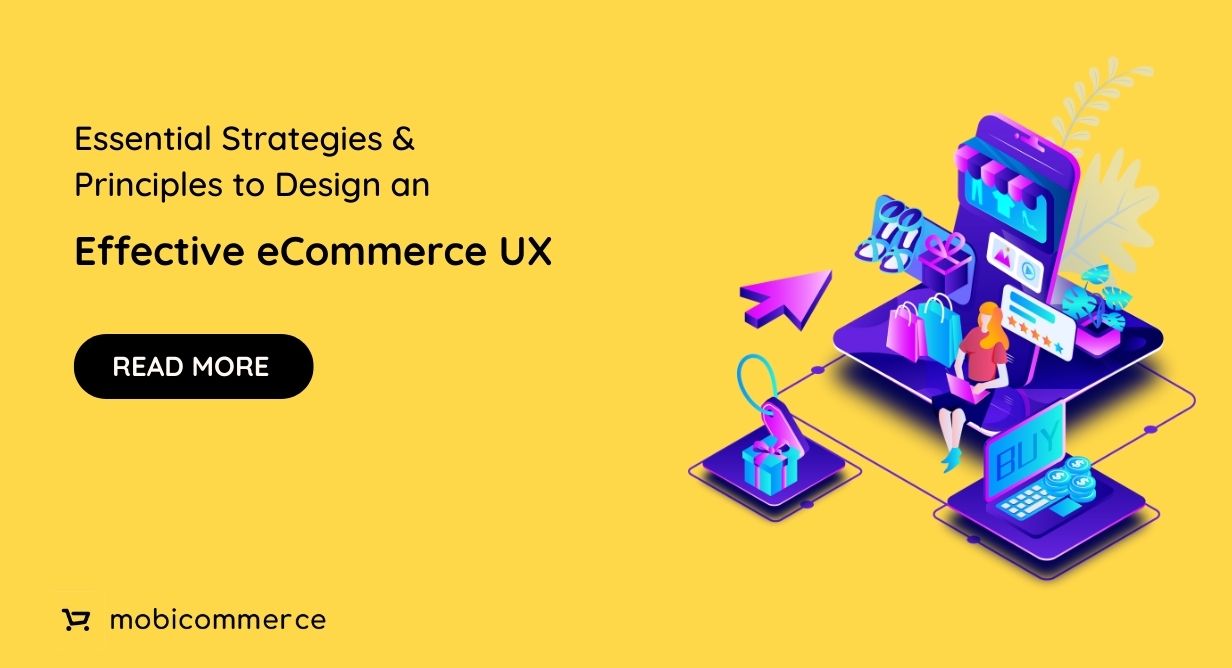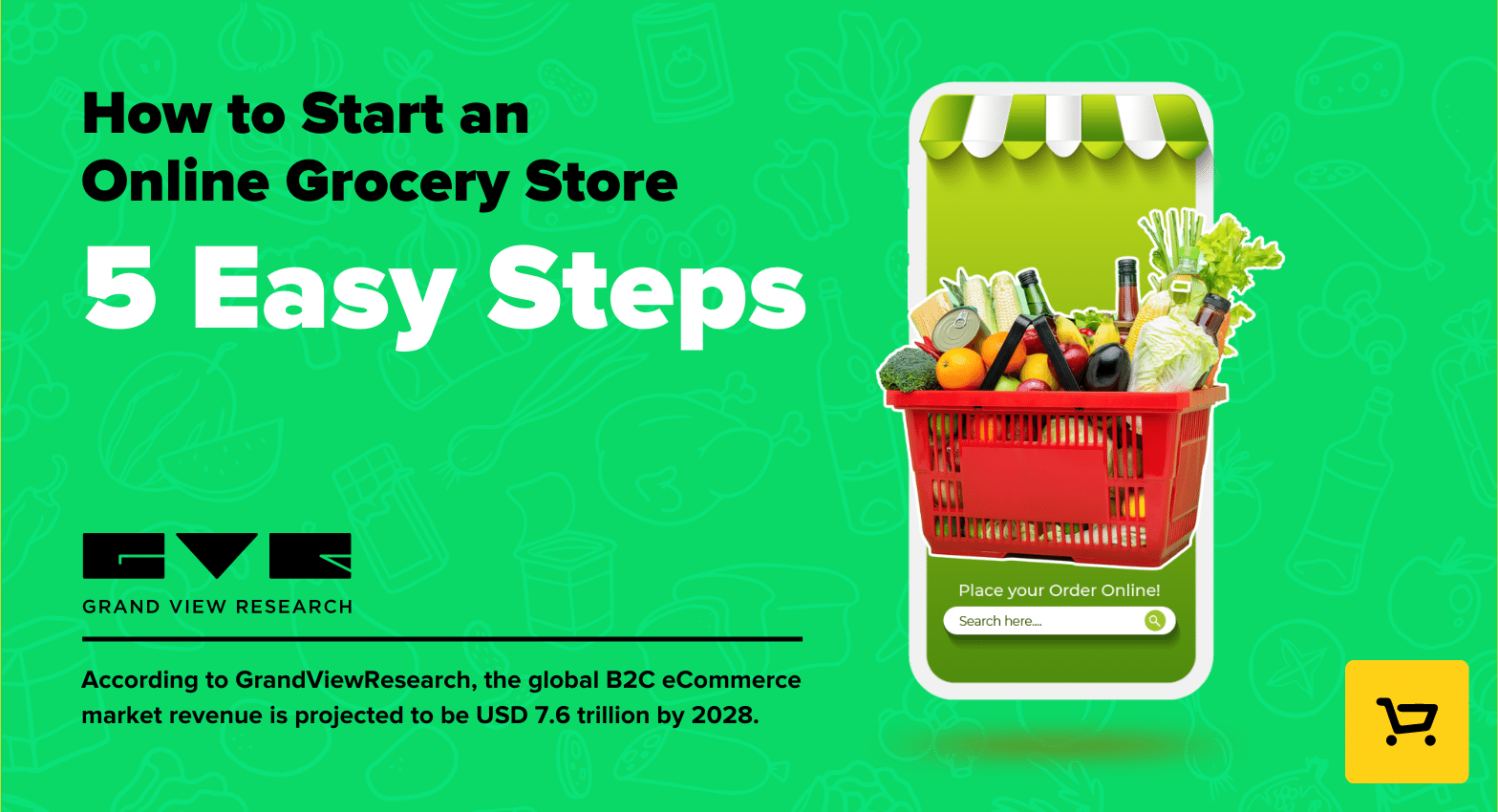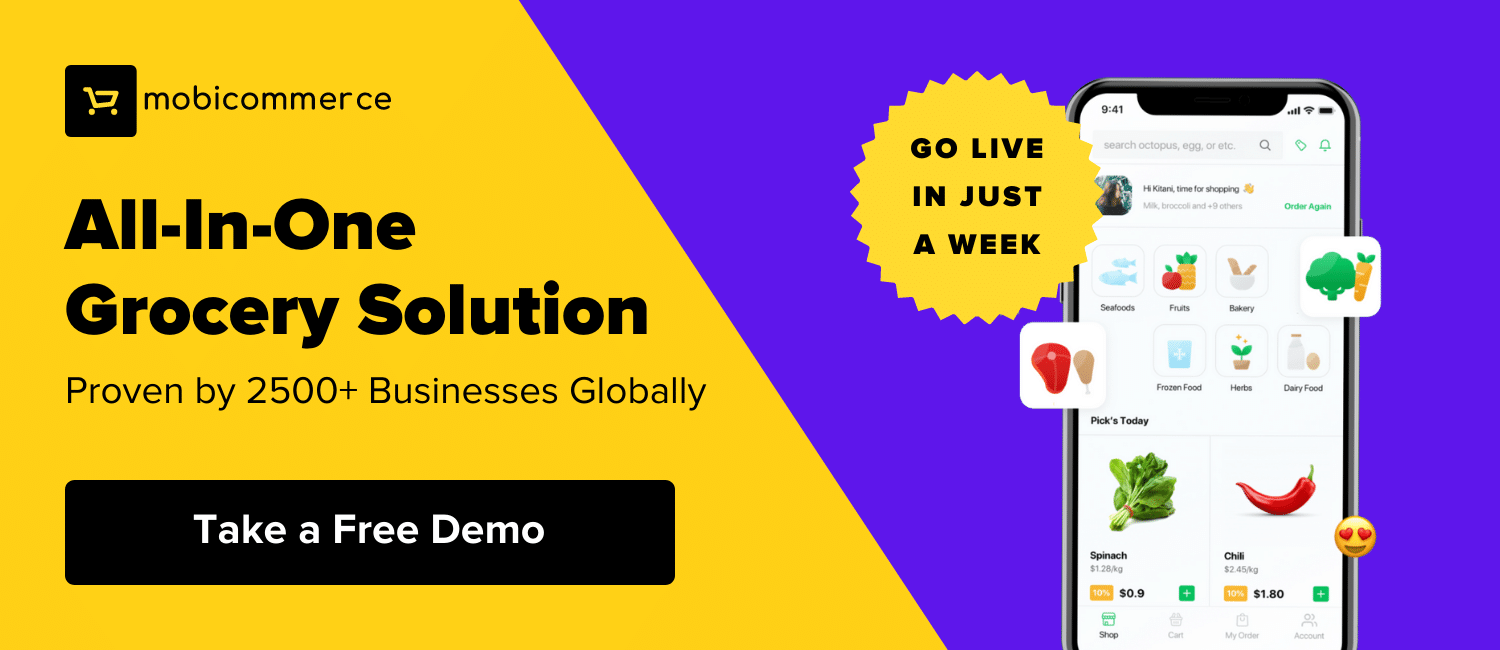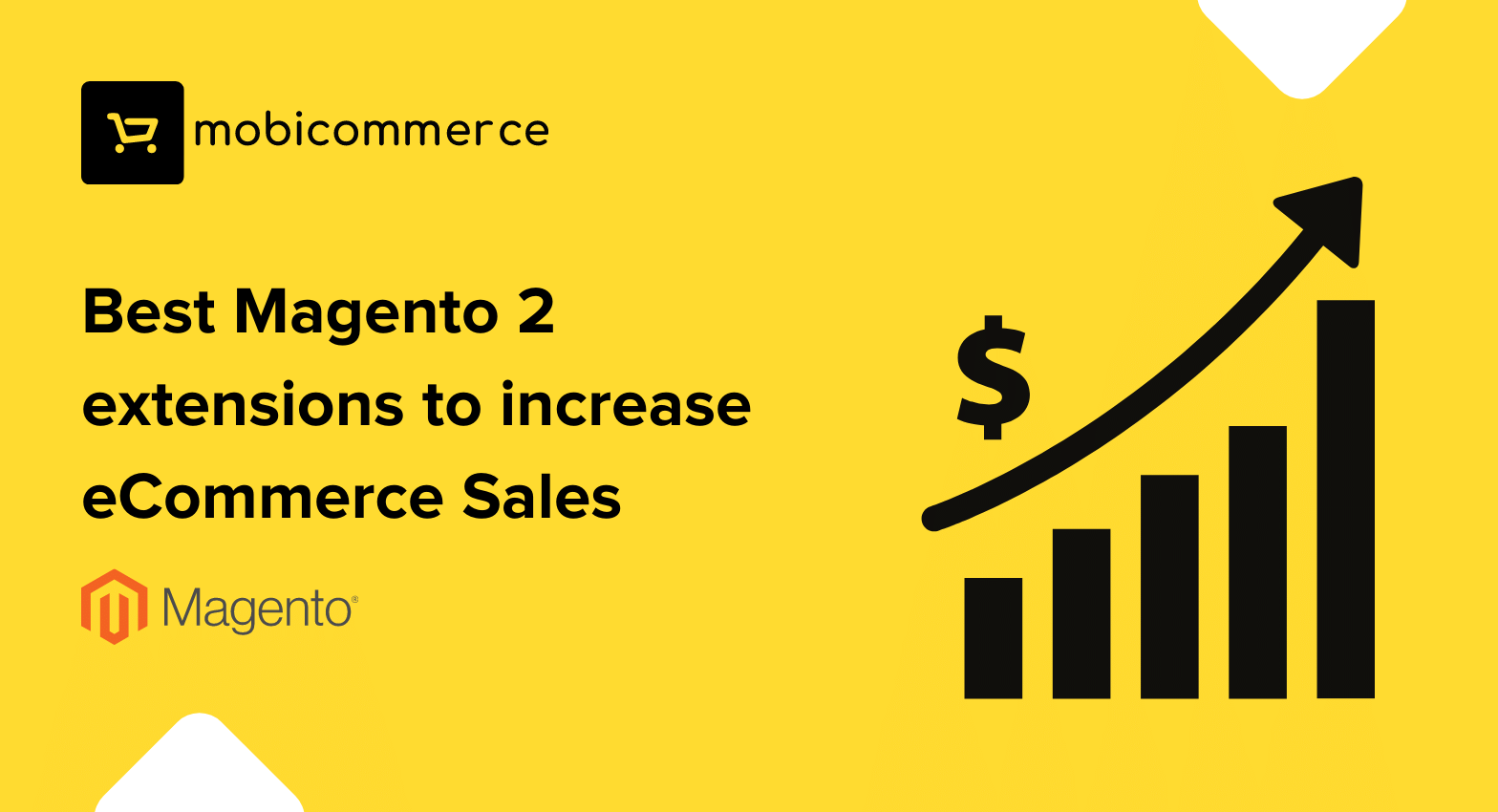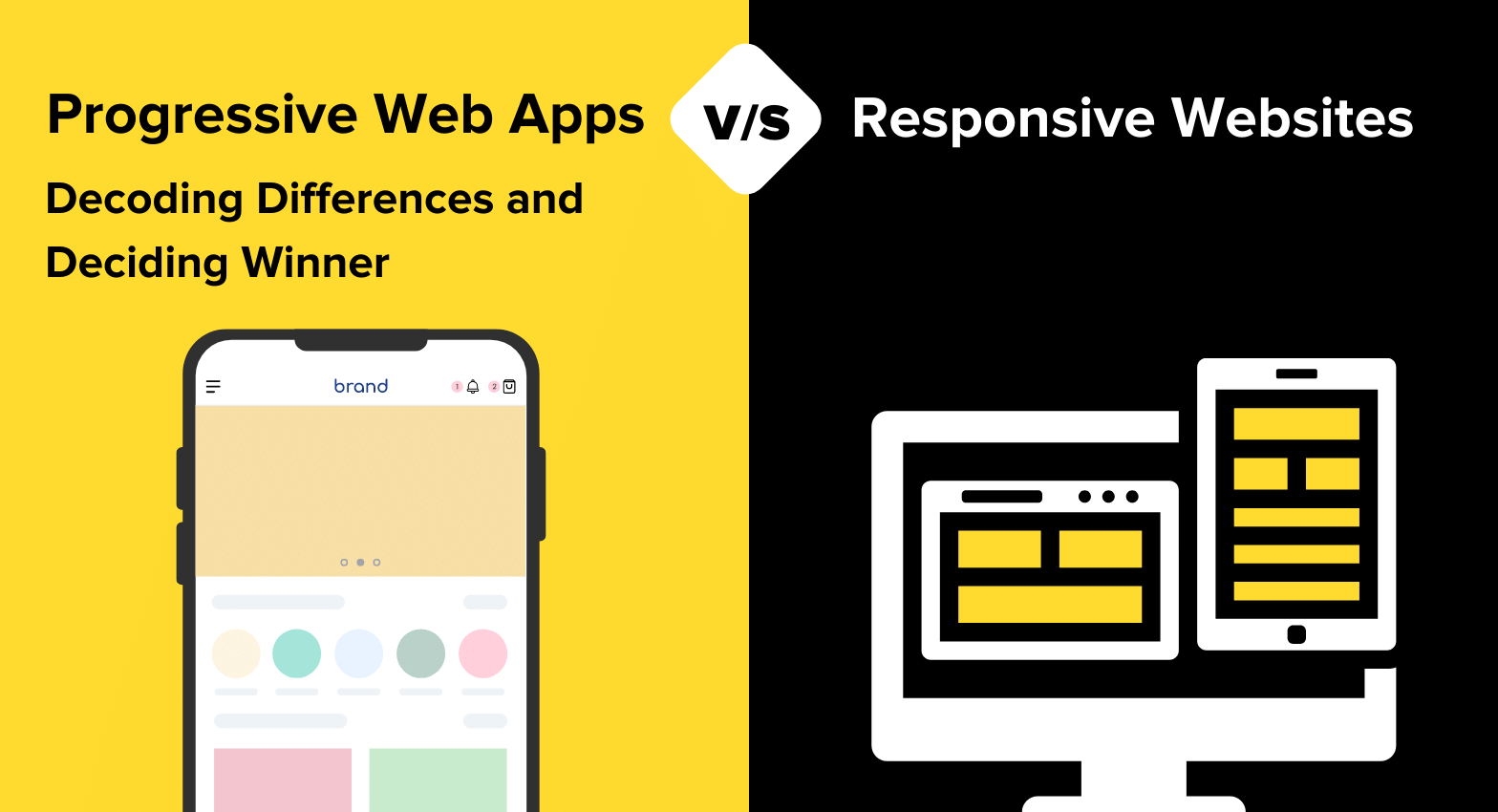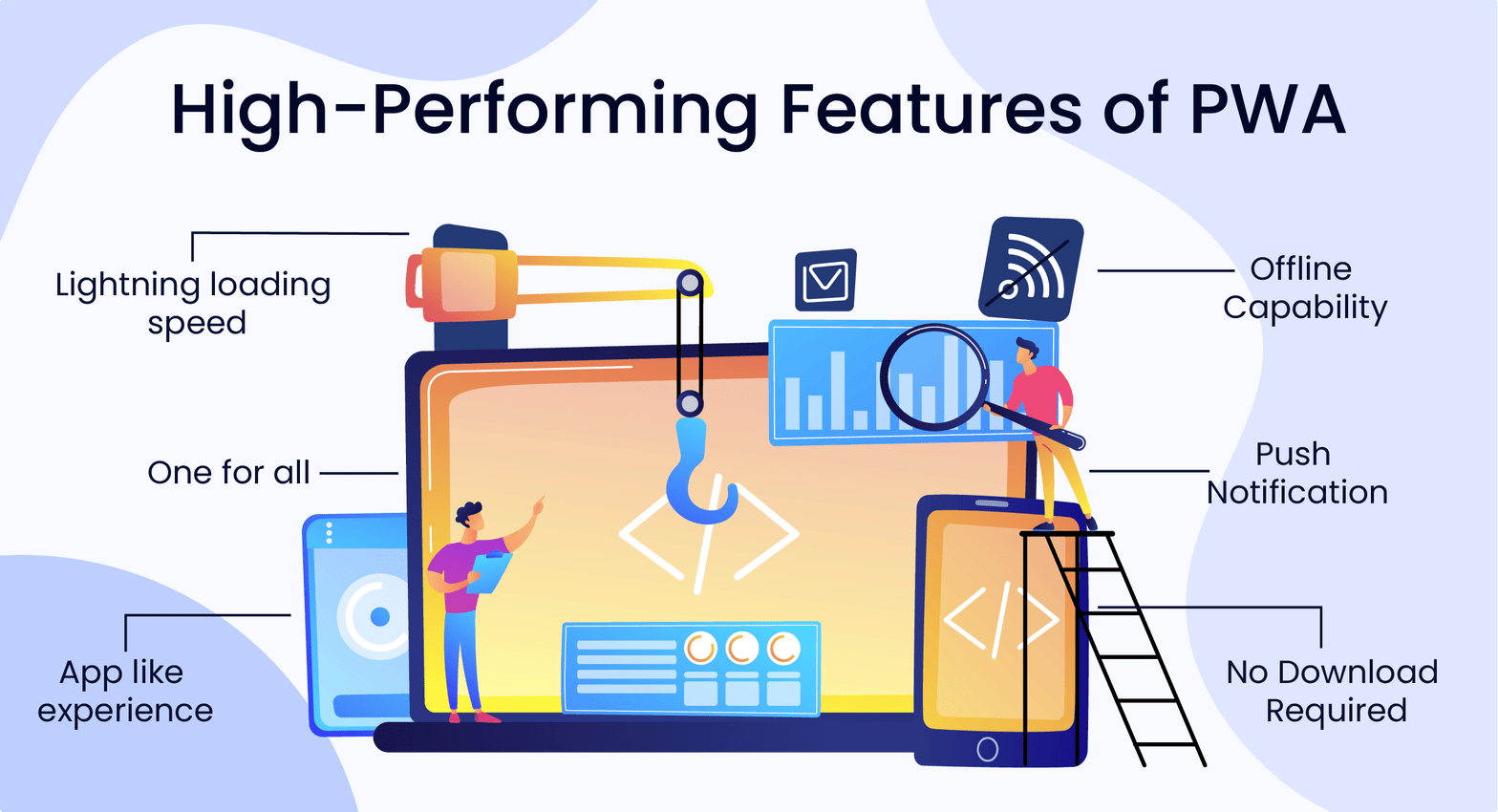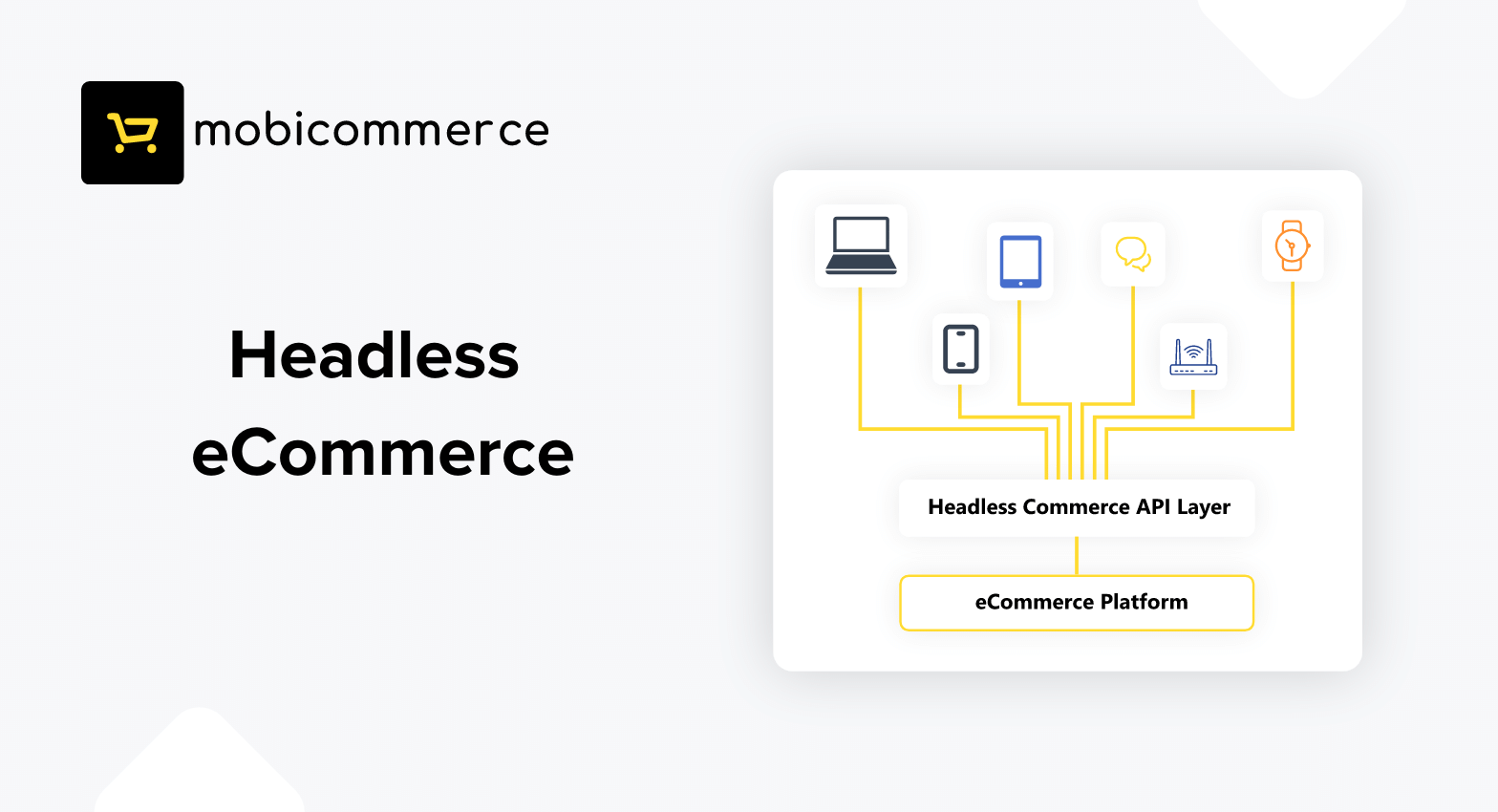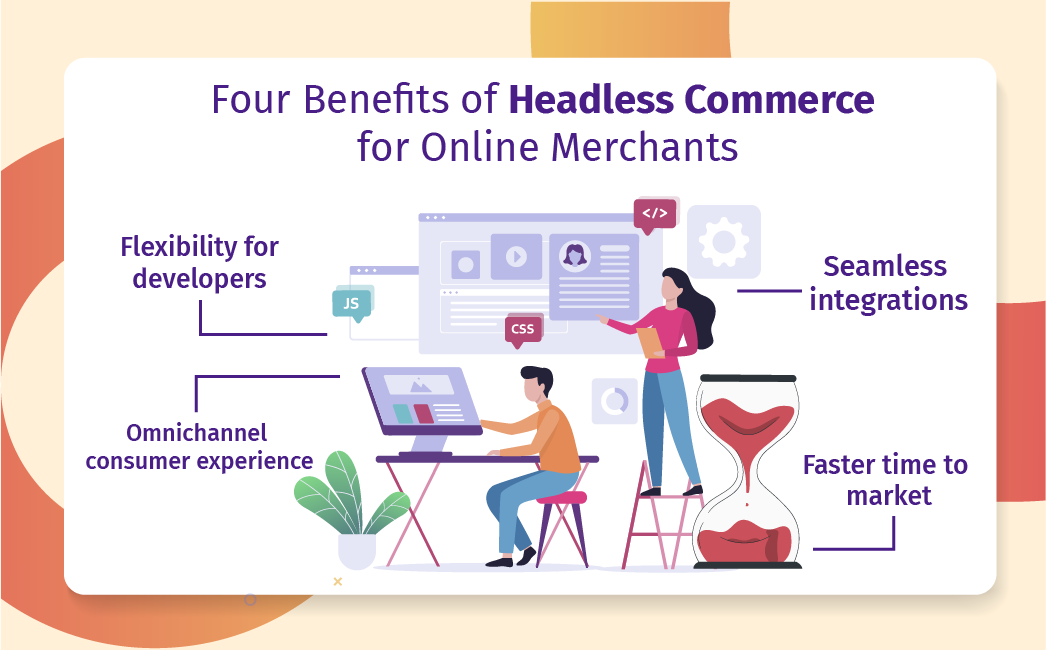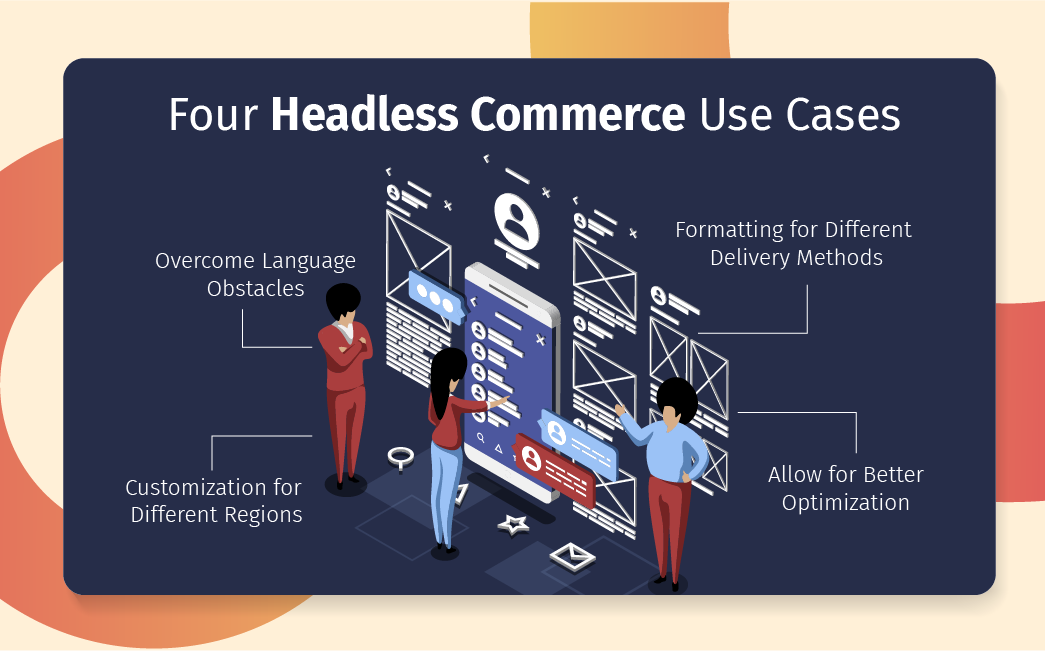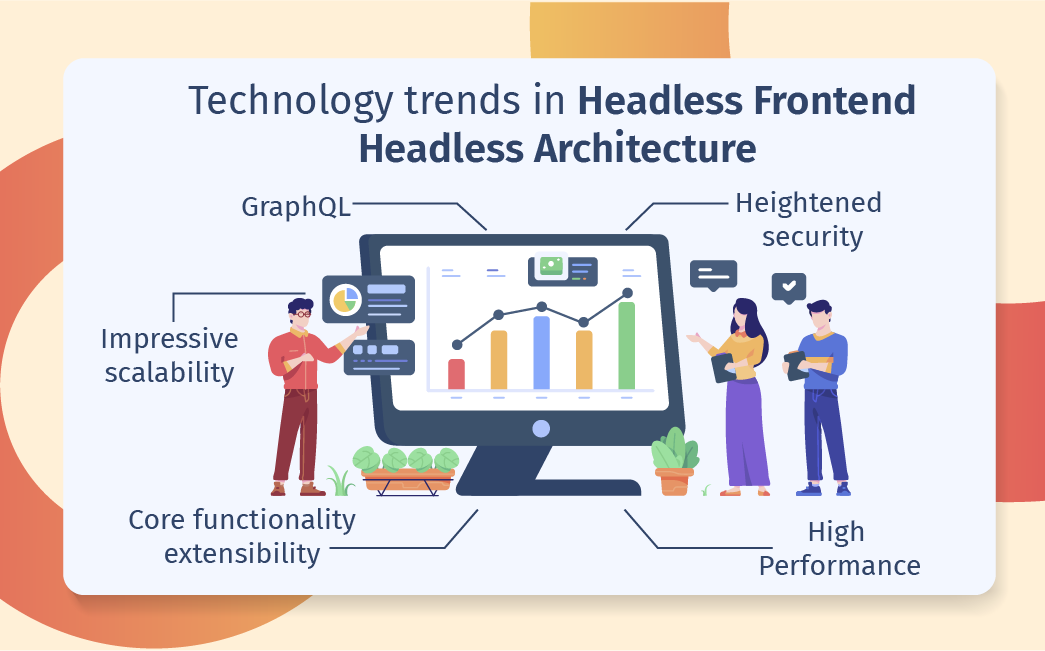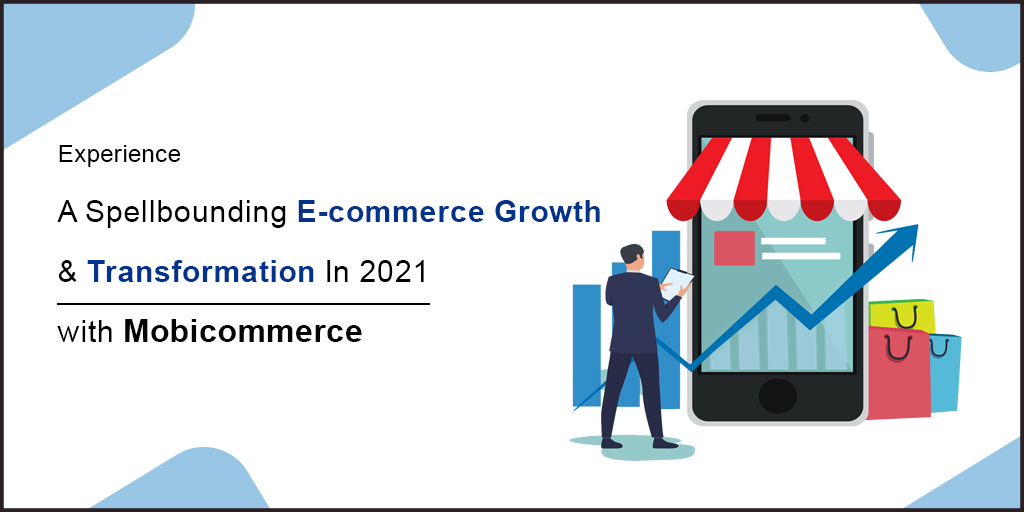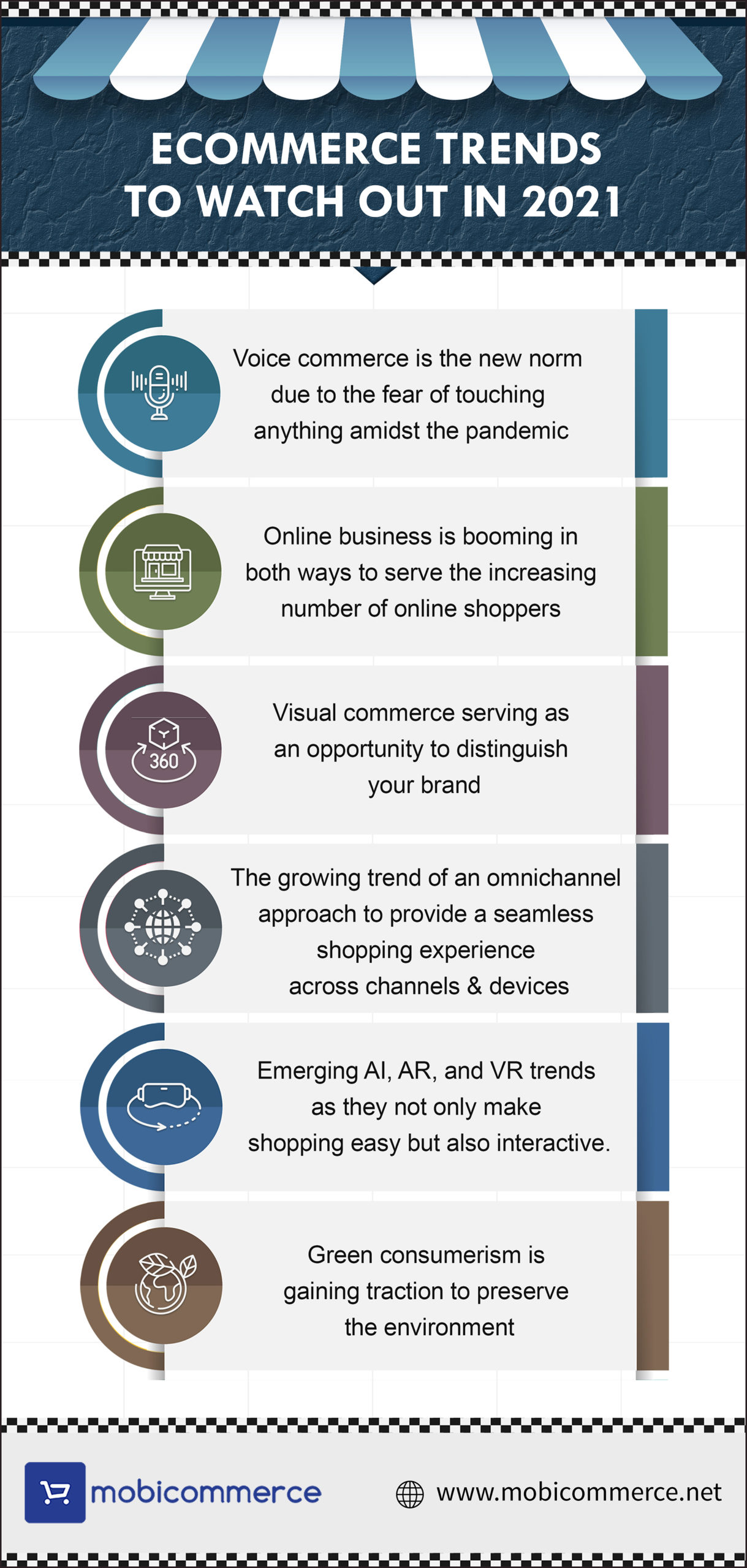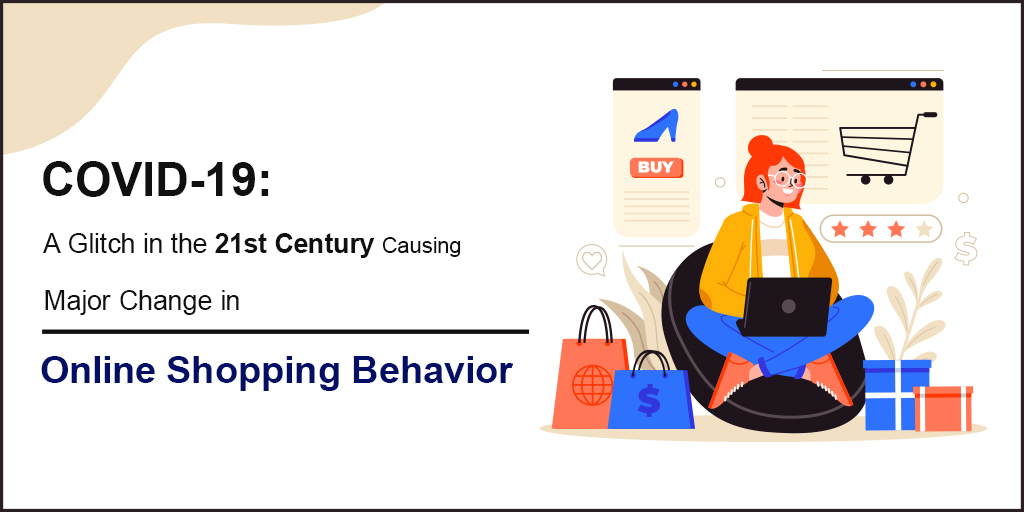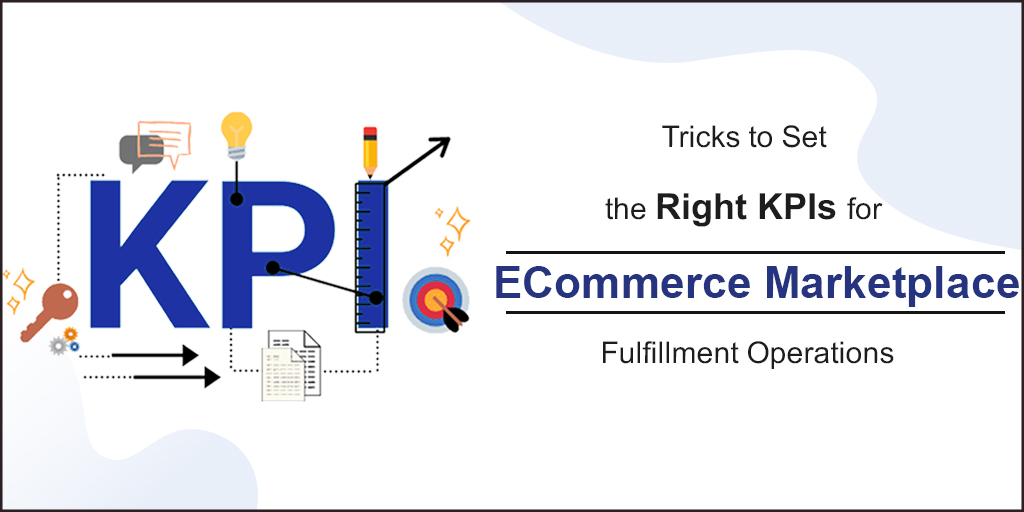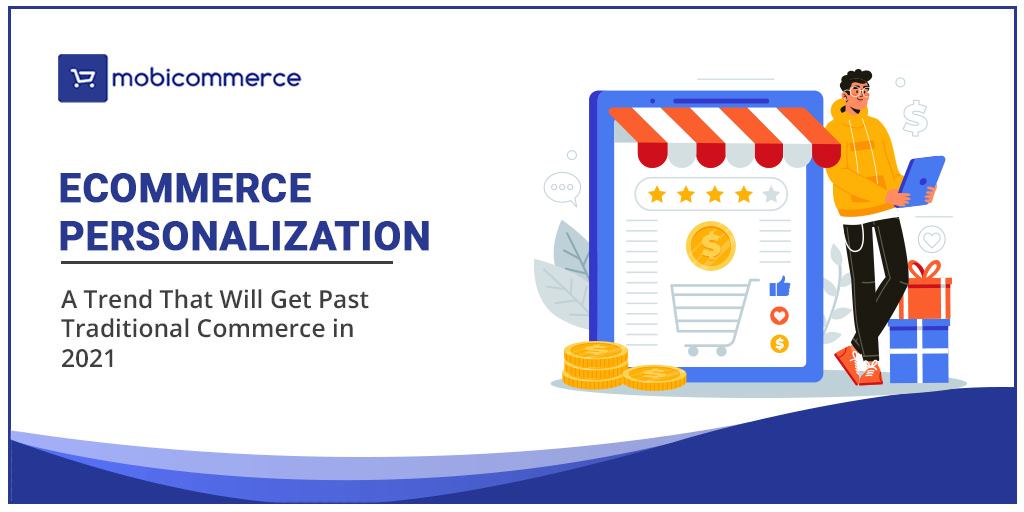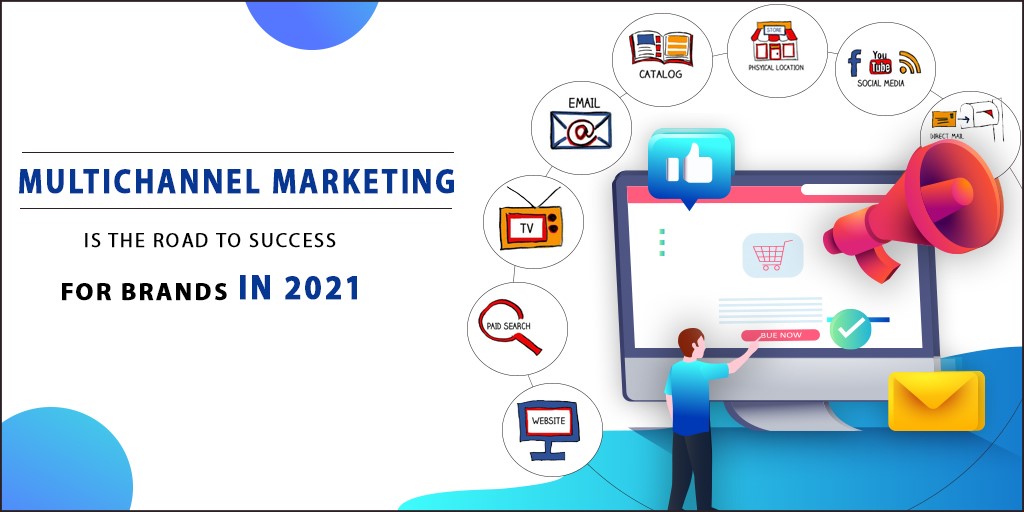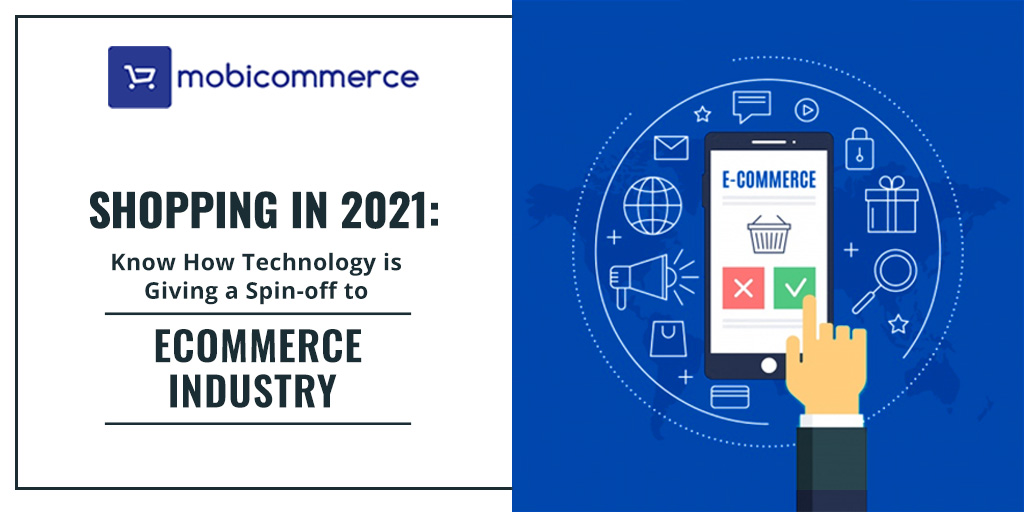Your site is the first medium where your customers interact. So, the user experience of your eCommerce site is essential to turn users casual shoppers into regular buyers. Therefore, it becomes essential to ensure that you offer the highest quality layout on your eCommerce website.
How does the design influence customers to buy from your website? Why user experience is critical to making a successful eCommerce store? Design connects people internally with the store. The design makes the experience of users on the website interactive. Therefore, in this blog, we decided the discuss the top practices and guidelines to build a successful and effective UX of an eCommerce web store. Let’s get started.
Being a leading eCommerce web design and development firm, we have pointed out the most important information that will help you design a proper firm.
eCommerce UX Design Practices to Drive Conversion
A few important design considerations are crucial for an eCommerce website. These strategies include intuitive navigation, captivating homepage design, product pages that convert, user-friendly checkouts, and a few more things.
Following these strategies, you can make your online store more interactive and attract more customers. In addition, these tips will also help you increase your conversion rates.
Keep reading to learn more about these design considerations. Discover the secrets to designing a winning online store!
Intuitive Navigation
Intuitive navigation on an eCommerce site will benefit the visitor, not just the business. A well-built business website will guide visitors along a sales funnel, ultimately ending at a call to action.
This call to action may be as simple as buying something, becoming a fan of a social media page, or scheduling an appointment. Intuitive navigation on an eCommerce site will usher visitors along a path that is relevant and provides expected results.
An eCommerce website should also have uniform navigation so that a user does not need to spend a lot of time or energy figuring out where to click and navigate to find the desired products or services.
Captivating Homepage Design
A home page is usually the most visited page on an eCommerce website. Its purpose is to create trust, drive sales, and create lifelong customers. However, creating a compelling homepage can be tricky, especially when you have a huge selection of products.
You don’t want to clutter the home page with too many products – you don’t want your visitors to feel confused while looking through your site.
To make your eCommerce website more compelling, start by evaluating the various options available for the homepage design. Try the template-based option first and evaluate how it works for you. You will get an idea of how your website should look and what it should contain.
Product Pages That Convert
The success of an eCommerce website highly hinges on having product pages that convert. A product’s page is the last thing a shopper sees before deciding whether or not to add it to their cart. By incorporating best practices, you can help your product pages convert more visitors into customers.
A product detail page usually contains a Ready Buy container that contains the most relevant information. Typically, it displays the product name, a brief description, the number of items available in stock, the price, and the shipping costs.
To increase conversions, product descriptions must answer shoppers’ questions about the product. Ideally, they should answer all questions that shoppers may have.
The best product pages also provide all of the information that potential customers need without having to ask. Finally, ratings and reviews are very important for eCommerce sites.
While companies may write comments and reviews about their products, reviews and ratings from real customers are far more meaningful to consumers.

User-friendly Checkouts
Creating a user-friendly checkout process is essential to attract customers and keep them engaged with your store for a long time.
A smooth checkout process is easy to navigate and fast to complete. A progress indicator will help customers know where they stand during the process and how much longer it will take them to complete their purchase. You can also incorporate a chatbot that helps your customers through inactivity during checkout.
One of the most frustrating parts of an eCommerce checkout is that it lacks an option to change the quantity of an item. Many customers discard the entire checkout process and start over from the beginning.
When this happens, they must return to the product page and fill in all their details again. To prevent this, make sure that you have a simple way for customers to change the quantity and that the back button takes them back to the previous page.
SEO-Friendly Landing Pages
To succeed with your eCommerce website, you need SEO-friendly landing pages. You need to attract traffic to your landing pages to convert visitors into buyers. Here are tips to help you make SEO-friendly web pages.
- Use an SEO automation tool to create the pages automatically. It will also help you get links from relevant sources.
- Avoid making duplicate pages and ensure that your landing pages are optimized for search engines.
- Publish your landing page on your own domain. Publishing your landing page on a third-party domain has no chance of ranking.
- Make sure to use a keyword-rich title and meta description.
- Try to include testimonials that relate to your business.
- Make sure you’re not using too much of the code. Otherwise, it may simply slow down your landing pages’ speed. Search engines will hate that.
So, when you hire an eCommerce web designer, ensure they must follow the SEO guidelines.
On-Site Search Box
Considering the On-site search box is an important part of the eCommerce website design process. This feature filters products based on user queries and matches each input with the product’s recommendation.
The technology is similar to Google’s search, using structured attribute search, filtering, and sorting to generate personalized product recommendations. Users who use on-site search engines tend to convert more than those who do not.
Faceted Search and Filters
Faceted search is a way to make sure your users get exactly what they’re looking for. For instance, if you sell sneakers, you should include a filter for shoes. Then, you can use filters to make your site more user-friendly. Depending on what kind of shoes you sell, you can also customize filters for those.
If you sell t-shirts, you can limit your filters to t-shirt sizes. Faceted search can be a great way to support your visitors who are already interested in a specific category of what you’re selling.
Designing the Shopping Cart
It’s compulsory to design the shopping cart for optimal conversions. A good shopping cart will keep users interested in the products they’re viewing and encourage them to complete the checkout process. Place payment options close to the cart so users can compare them.
Creating a sense of urgency and scarcity can also increase sales. Ensure your cart page is easy to navigate and contains compelling call-to-action buttons.
The design of the shopping cart should be simple and clean, with an emphasis on clarity.
Considerations Before You Hire an eCommerce Web Designer
Hiring a fully dependable and highly skilled eCommerce web designer isn’t easy. Here are the top points to should look at while considering hiring a web designer.
- Ask questions about their work and experience
- Communicate to know if they are suitable for your project
- While designing they consider your brand goals
- Creates meaningful design of every web page
- Describes your vision with the design
- Determine the vital functionalities of your brand with design elements
That’s a lot to consider before moving towards eCommerce website creation, right? It’s better to go with an eCommerce web design company and many reasons can support that decision. You get the following things as a benefit.
- Builds trust to complete your work with quality
- Provides effective results for your website
- Occupies a higher level of experience in creating a website
- Provides complete support anytime
Concluding Note: Go With a Perfect eCommerce Web Design Company
Your eCommerce web design should be focused on your customers. Making sure you can provide an excellent shopping experience is as easy as obtaining data from your customers and the available data, and then accordingly with your findings.
It is also a matter of adapting your strategy as you discover more about what your customers are looking for.
So, ensure you go with a highly dependable eCommerce web design company rather than freelancers.
